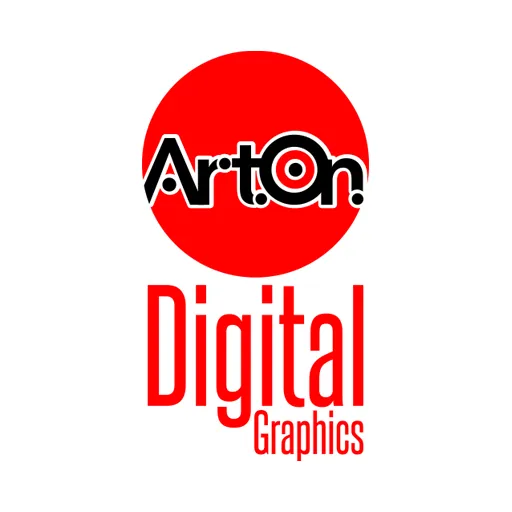Actions
Creating a logo involves several steps and considerations to ensure it effectively represents a brand or organization. Here's an overview of the logo-making process:
1. Understanding the Brand
- Research: Gather information about the brand, its mission, values, target audience, and industry. This helps in designing a logo that aligns with the brand's identity.
- Brand Personality: Define the brand's personality traits (e.g., modern, classic, playful, serious) to guide the design style.
2. Conceptualization
- Brainstorming: Generate ideas and concepts that reflect the brand’s identity. This can involve sketching rough ideas or using mind maps.
- Mood Boards: Create a collection of visual inspirations, including colours, fonts, and styles that resonate with the brand.
3. Design Elements
- Typography: Choose fonts that complement the brand’s style and ensure readability.
- Colour Palette: Select colours that evoke the desired emotions and align with the brand's identity. Consider colour psychology in this process.
- Iconography: Develop symbols or icons that represent the brand’s core message or services.
- Shapes and Layouts: Decide on the overall shape and structure of the logo. This includes considering balance, symmetry, and harmony.
4. Drafting and Refinement
- Sketching: Create initial sketches to explore different design directions. This can be done on paper or digitally.
- Digital Design: Use graphic design software (e.g., Adobe Illustrator, Sketch) to create digital versions of the best sketches.
- Iterations: Refine the design through multiple iterations, incorporating feedback and making adjustments as needed.
5. Feedback and Testing
- Client Feedback: Present the logo designs to the client and gather their feedback. Be prepared to make revisions based on their input.
- Market Testing: Test the logo with a sample of the target audience to ensure it resonates and conveys the right message.
6. Finalization
- Polishing: Make final adjustments to ensure the logo is polished and professional.
- Formats and Variations: Prepare the logo in various formats (e.g., vector, raster) and variations (e.g., colour, black and white, horizontal, vertical) for different uses.
- Style Guide: Create a style guide that outlines the correct usage of the logo, including colours, spacing, and placement guidelines.
7. Delivery
- File Delivery: Provide the client with the final logo files in the necessary formats (e.g., .AI, .EPS, .PNG, .JPEG) for use in print and digital media.
- Support: Offer support for any additional needs, such as resizing or adapting the logo for specific applications.
Key Considerations
- Simplicity: Ensure the logo is simple enough to be easily recognizable and memorable.
- Versatility: The logo should be effective in various sizes and contexts, from business cards to billboards.
- Timelessness: Aim for a design that will remain relevant and effective over time, avoiding overly trendy elements.
Creating a logo is a creative and iterative process that requires a deep understanding of the brand and a keen eye for design. The goal is to craft a visual identity that effectively communicates the brand's essence and appeals to its target audience.
How long does it take to design a logo?
The time required to design a logo varies depending on the complexity of the project, but it typically takes anywhere from a few days to several weeks, including research, design, and revisions.
What makes a good logo?
A good logo is simple, memorable, versatile, relevant to the brand, and timeless. It should effectively communicate the brand's message and values.
How do I protect my logo legally?
You can protect your logo by trademarking it, which gives you legal rights to its exclusive use. Consult with a legal professional to navigate the trademark process.
You may also like the following gigs




















































